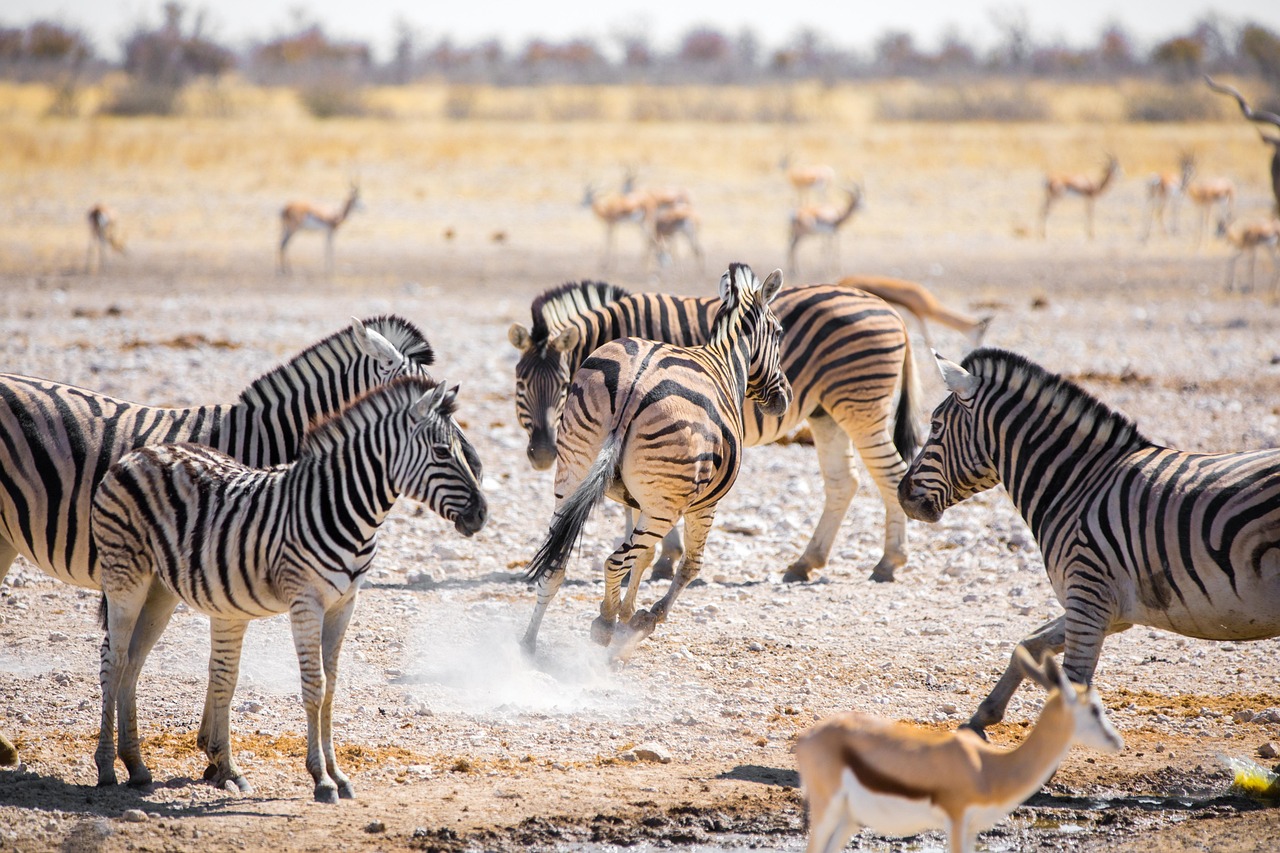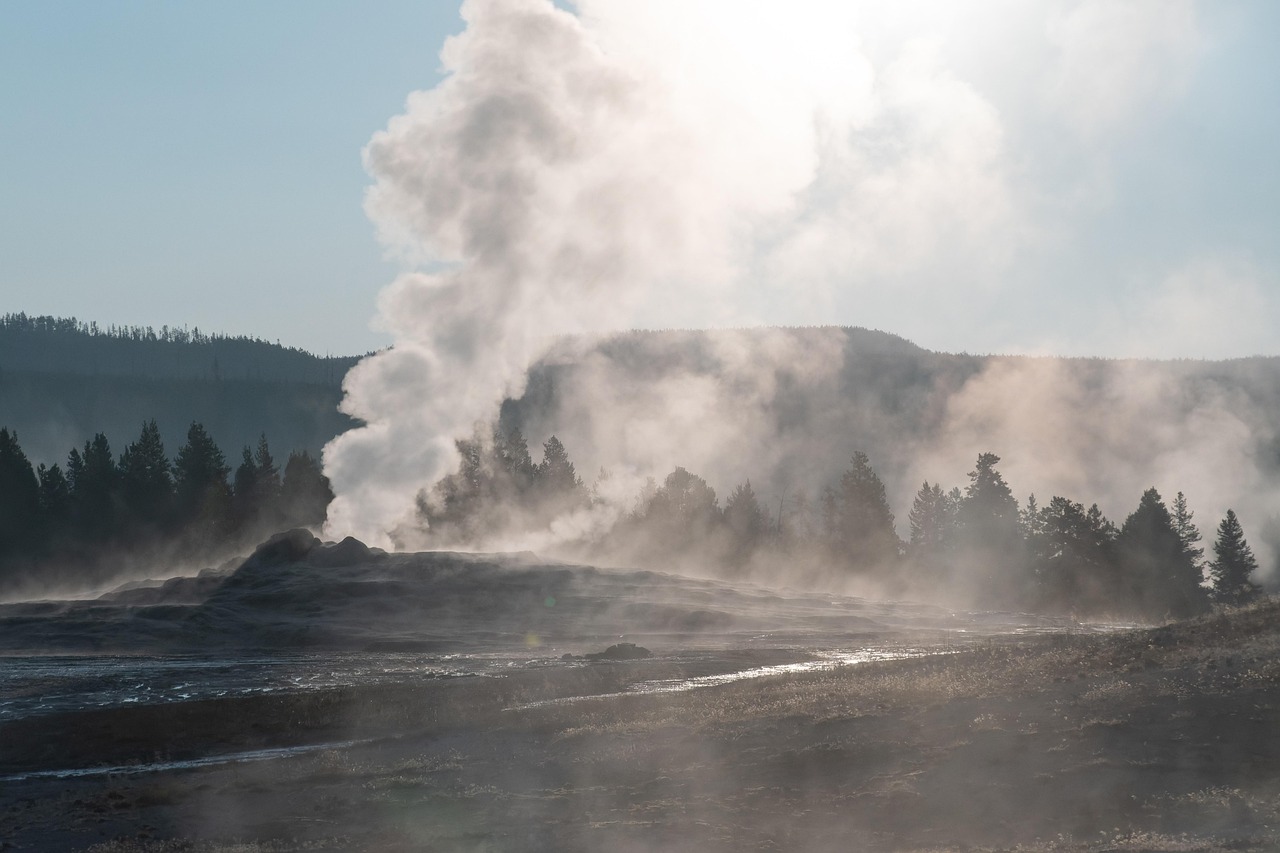Eco Safaris in Kenya and Tanzania
Sustainable travel insights and guidance
Kenya and Tanzania offer some of the world's most spectacular wildlife experiences while leading the way in sustainable safari tourism. From the Great Migration to Big Five encounters, these countries demonstrate how wildlife conservation and community development can work together to create unforgettable eco-safari experiences.
🦁 The Importance of Eco-Safaris
Eco-safaris prioritize wildlife conservation, community development, and environmental protection. By choosing sustainable safari operators, you're directly supporting conservation efforts, local communities, and the long-term survival of Africa's iconic wildlife.
📊 Conservation Impact
- Kenya: 8% of land protected in national parks and reserves
- Tanzania: 25% of land protected in national parks and reserves
- Wildlife Conservation: Both countries have strong anti-poaching programs
- Community Benefits: Tourism revenue supports local communities and conservation
 National Park
National ParkMasai Mara National Reserve
Kenya
The Masai Mara is one of Africa's most famous wildlife destinations, known for the Great Migration and Big Five sightings. This reserve offers opportunities to learn about wildlife conservation while supporting local Maasai communities.
🌿 Eco-Safari Highlights:
- Great Migration viewing (July to October)
- Big Five wildlife encounters
- Maasai community visits and cultural experiences
- Wildlife conservation and research programs
- Anti-poaching initiatives and community support
- Environmental education and awareness
📅 Best Time to Visit:
July to October for the Great Migration, or December to March for optimal wildlife viewing and fewer crowds.
Must-Experience: Witness the Great Migration, visit Maasai communities, participate in wildlife conservation projects, and learn about traditional Maasai culture. Support local communities and conservation efforts while enjoying world-class wildlife viewing.
Serengeti National Park
Tanzania
The Serengeti is one of Africa's most iconic wildlife destinations, known for the Great Migration and Big Five sightings. This park offers opportunities to learn about wildlife conservation while supporting local communities.
🌿 Eco-Safari Highlights:
- Great Migration viewing (December to July)
- Big Five wildlife encounters
- Local community visits and cultural experiences
- Wildlife conservation and research programs
- Anti-poaching initiatives and community support
- Environmental education and awareness
📅 Best Time to Visit:
December to July for the Great Migration, or June to October for optimal wildlife viewing and fewer crowds.
Must-Experience: Witness the Great Migration, visit local communities, participate in wildlife conservation projects, and learn about traditional Tanzanian culture. Support local communities and conservation efforts while enjoying world-class wildlife viewing.
Ngorongoro Conservation Area
Tanzania
The Ngorongoro Conservation Area is a UNESCO World Heritage Site known for its unique ecosystem and wildlife diversity. This area offers opportunities to learn about wildlife conservation while supporting local communities.
🌿 Eco-Safari Highlights:
- Ngorongoro Crater wildlife viewing
- Big Five wildlife encounters
- Maasai community visits and cultural experiences
- Wildlife conservation and research programs
- Anti-poaching initiatives and community support
- Environmental education and awareness
📅 Best Time to Visit:
June to October for optimal wildlife viewing, or December to March for fewer crowds and lower prices.
Must-Experience: Explore the Ngorongoro Crater, visit Maasai communities, participate in wildlife conservation projects, and learn about traditional Maasai culture. Support local communities and conservation efforts while enjoying world-class wildlife viewing.
Amboseli National Park
Kenya
Amboseli National Park is known for its large elephant herds and stunning views of Mount Kilimanjaro. This park offers opportunities to learn about wildlife conservation while supporting local communities.
🌿 Eco-Safari Highlights:
- Large elephant herds and wildlife viewing
- Mount Kilimanjaro views and photography
- Maasai community visits and cultural experiences
- Wildlife conservation and research programs
- Anti-poaching initiatives and community support
- Environmental education and awareness
📅 Best Time to Visit:
June to October for optimal wildlife viewing, or December to March for fewer crowds and lower prices.
Must-Experience: View large elephant herds, photograph Mount Kilimanjaro, visit Maasai communities, and participate in wildlife conservation projects. Support local communities and conservation efforts while enjoying world-class wildlife viewing.
 National Park
National ParkTarangire National Park
Tanzania
Tarangire National Park is known for its large elephant herds and baobab trees. This park offers opportunities to learn about wildlife conservation while supporting local communities.
🌿 Eco-Safari Highlights:
- Large elephant herds and wildlife viewing
- Baobab trees and unique landscapes
- Local community visits and cultural experiences
- Wildlife conservation and research programs
- Anti-poaching initiatives and community support
- Environmental education and awareness
📅 Best Time to Visit:
June to October for optimal wildlife viewing, or December to March for fewer crowds and lower prices.
Must-Experience: View large elephant herds, explore baobab tree landscapes, visit local communities, and participate in wildlife conservation projects. Support local communities and conservation efforts while enjoying world-class wildlife viewing.
Lake Manyara National Park
Tanzania
Lake Manyara National Park is known for its tree-climbing lions and diverse birdlife. This park offers opportunities to learn about wildlife conservation while supporting local communities.
🌿 Eco-Safari Highlights:
- Tree-climbing lions and wildlife viewing
- Diverse birdlife and birdwatching
- Local community visits and cultural experiences
- Wildlife conservation and research programs
- Anti-poaching initiatives and community support
- Environmental education and awareness
📅 Best Time to Visit:
June to October for optimal wildlife viewing, or December to March for fewer crowds and lower prices.
Must-Experience: View tree-climbing lions, explore diverse birdlife, visit local communities, and participate in wildlife conservation projects. Support local communities and conservation efforts while enjoying world-class wildlife viewing.
Tsavo National Park
Kenya
Tsavo National Park is one of Kenya's largest parks, known for its diverse wildlife and unique landscapes. This park offers opportunities to learn about wildlife conservation while supporting local communities.
🌿 Eco-Safari Highlights:
- Diverse wildlife and unique landscapes
- Big Five wildlife encounters
- Local community visits and cultural experiences
- Wildlife conservation and research programs
- Anti-poaching initiatives and community support
- Environmental education and awareness
📅 Best Time to Visit:
June to October for optimal wildlife viewing, or December to March for fewer crowds and lower prices.
Must-Experience: Explore diverse wildlife, view unique landscapes, visit local communities, and participate in wildlife conservation projects. Support local communities and conservation efforts while enjoying world-class wildlife viewing.
Selous Game Reserve
Tanzania
Selous Game Reserve is one of Africa's largest game reserves, known for its diverse wildlife and unique ecosystems. This reserve offers opportunities to learn about wildlife conservation while supporting local communities.
🌿 Eco-Safari Highlights:
- Diverse wildlife and unique ecosystems
- Big Five wildlife encounters
- Local community visits and cultural experiences
- Wildlife conservation and research programs
- Anti-poaching initiatives and community support
- Environmental education and awareness
📅 Best Time to Visit:
June to October for optimal wildlife viewing, or December to March for fewer crowds and lower prices.
Must-Experience: Explore diverse wildlife, view unique ecosystems, visit local communities, and participate in wildlife conservation projects. Support local communities and conservation efforts while enjoying world-class wildlife viewing.
🌍 Planning Your Eco-Safari Adventure
When planning your eco-safari adventure in Kenya and Tanzania, consider the following factors:
- Wildlife Conservation: Choose safari operators that prioritize wildlife conservation and community development
- Community Support: Support local communities and sustainable tourism initiatives
- Environmental Impact: Choose eco-friendly accommodations and activities
- Cultural Respect: Learn about local customs and traditions before visiting
Best Time to Visit: June to October for optimal wildlife viewing, or December to March for fewer crowds and lower prices.
What to Pack: Lightweight, breathable clothing; reusable water bottle; eco-friendly toiletries; and a willingness to learn about local culture and conservation efforts. Most eco-safari destinations provide filtered water and discourage single-use plastics.
Getting There: Consider the environmental impact of your transportation choices. Look for destinations that are accessible by train or bus, or choose airlines with strong sustainability programs.